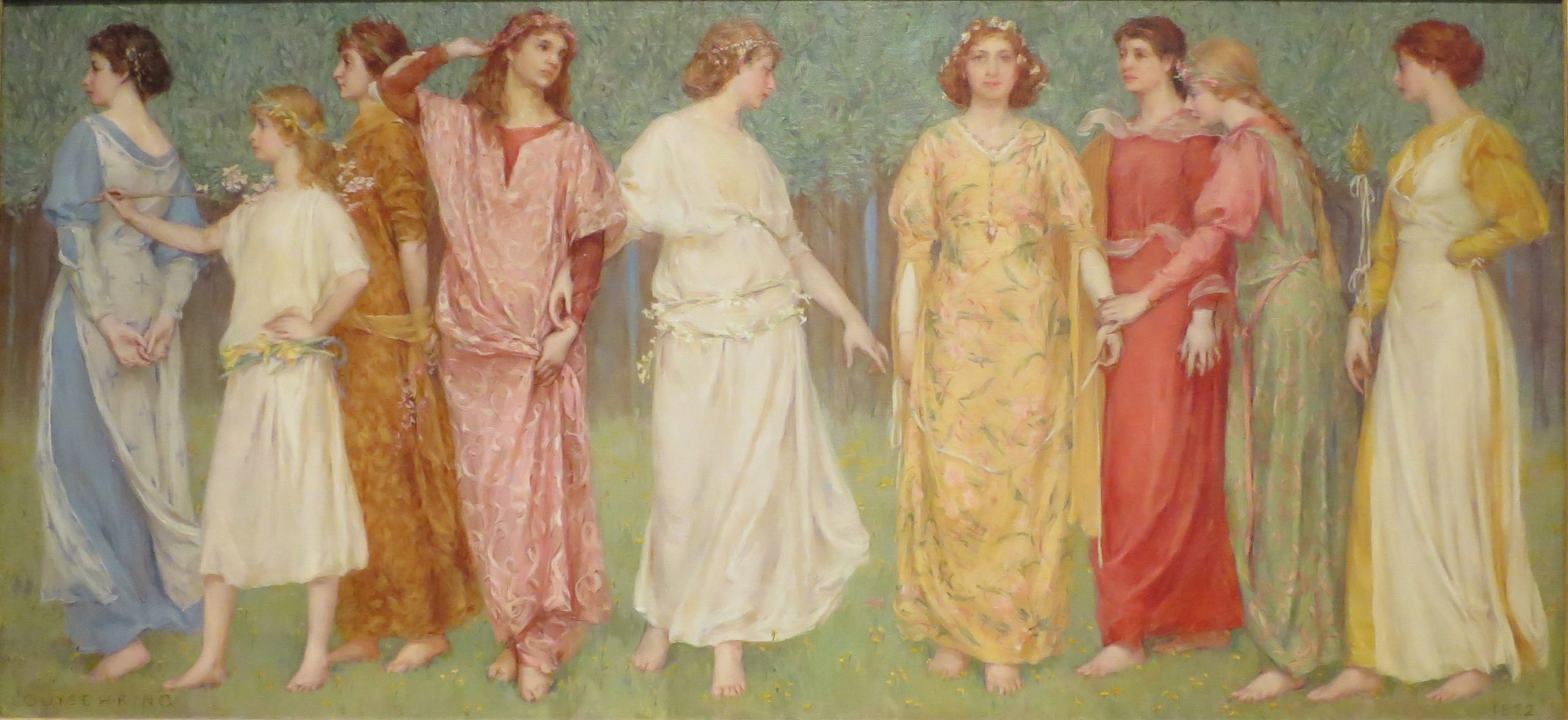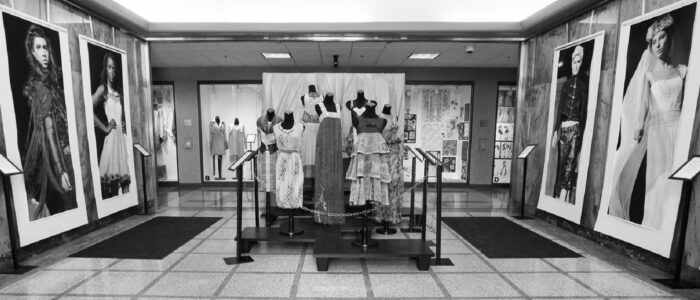With the proportion of classroom occupancies receding, those spaces that cannot be offloaded onto the internet remain — collaborative creative spaces among them. There are nearly 4000 colleges and universities with garment industry programs; nearly 600 in the United States. These institutions include specialized fashion schools, as well as larger universities and colleges that offer fashion programs or courses as part of broader art, design, or business degree programs.
Today we examine the safety and sustainability of the research and collaborative occupancies that enable this industry to train the next generation. It is a cross-cutting topic that draws from many catalogs.
ASTM International
Consumer Product Safety Commission
Global Organic Textile Standard
Institute of Electrical and Electronic Engineers
International Code Council
International Organization for Standardization
International Labour Organization
National Fire Protection Association
Occupational Safety and Health Administration
Underwriters Laboratories
Women’s fashion 1910’s-2010’s in 30 seconds using AI
[📹 Russell Klimas]pic.twitter.com/zXfpQDa96N
— Massimo (@Rainmaker1973) September 16, 2023
The fashion and garment industry plays a significant role in shaping culture and society in many ways: Here are a few examples:
- Self-expression and identity – Clothing and fashion can be used as a means of self-expression and a way to communicate one’s identity to the world. People use clothing to express their individuality, cultural heritage, and personal values.
- Creativity and innovation – The fashion industry is a creative industry that thrives on innovation and new ideas. Designers and fashion brands push the boundaries of creativity and constantly come up with new styles and trends that can influence the broader culture.
- Economic impact – The fashion and garment industry is a significant contributor to the global economy, providing jobs and supporting businesses in various parts of the supply chain. The industry also drives consumer spending and contributes to economic growth.
- Sustainability and social responsibility – In recent years, the fashion industry has increasingly focused on sustainability and social responsibility, with many brands and organizations taking steps to reduce their environmental footprint and improve working conditions in the supply chain.
- Cultural exchange and globalization – The fashion industry is a global industry that allows for cultural exchange and cross-cultural understanding. Fashion designers draw inspiration from different cultures and traditions, and fashion shows and events bring together people from all over the world to celebrate creativity and diversity.
Join us today with the login credentials at the upper right of our home page.
Related:
National Institutes of Health: Prevalence of Overweight and Obesity among Women of Childbearing Age
The Atlantic: Why Rich Women Don’t Get Fat
Skidmore College: American Beauty Standards


















